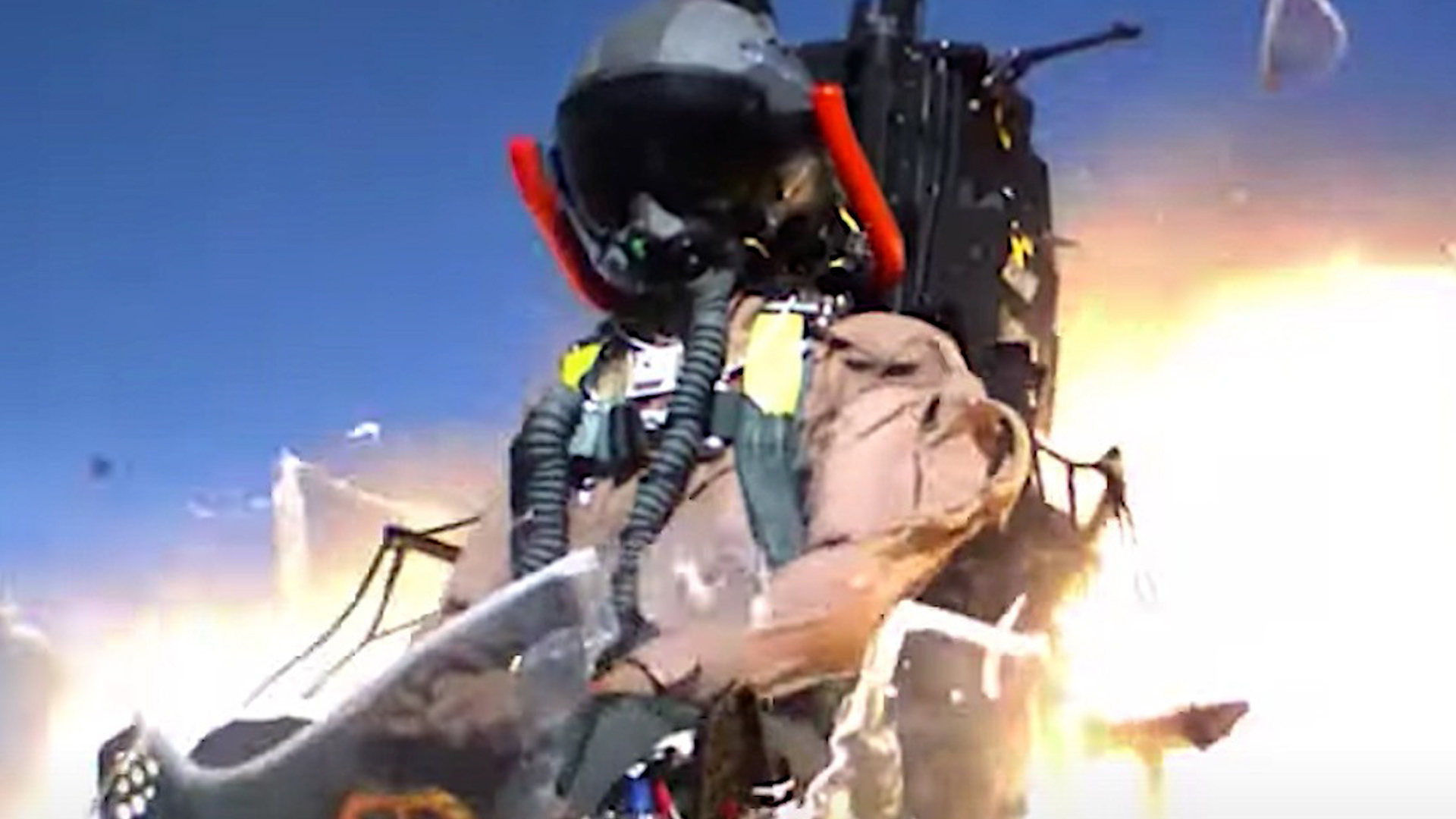
MORE TURBULENCE FOR THE JET THE AIR FORCE TABBED AS ITS NEXT-GENERATION TRAINER. ACCORDING TO A NEW REPORT FROM THE PENTAGON’S OFFICE OF THE DIRECTOR, OPERATIONAL TEST AND EVALUATION (DOT&E), THERE ARE SOME SERIOUS ISSUES WITH THE EMERGENCY EJECTION SYSTEM ON THE T-7A RED HAWK.
POWERED BY A GENERAL ELECTRIC TURBOFAN ENGINE, THE TWIN-TAIL, TANDEM SEAT JET FROM BOEING WAS SELECTED BY THE AIR FORCE IN 2018. THE PACKAGE CAME WITH A PRICE TAG OF A LITTLE MORE THAN $9 BILLION FOR 351 AIRCRAFT, 46 SIMULATORS, AND AN OPTION TO BUMP THAT TOTAL UP TO 475 JETS.
THE DOT&E REPORT EXAMINED WORK ACROSS VARIOUS PROGRAMS FOR FISCAL YEAR 2024, WRAPPING UP IN LATE SEPTEMBER OF LAST YEAR.
AS FOR THEIR FINDINGS, HERE’S WHAT THE REPORT HAD TO SAY:
“As reported in the FY22 and FY23 Annual Reports, the T-7A emergency escape system does not meet minimum safety requirements for the Air Force’s airworthiness certification and is currently operating with high-risk acceptance for air worthiness,”
THE REPORT CONTINUES. “A February 2024 sled test showed improvement at medium-speed ejections for the ejection seat sequencing.” HOWEVER, “The program executed a high-speed test in June 2024 where the seat sequenced correctly, but a seat hose interfered with the seat sequencer switch, which could lead to an incorrect ejection mode.”
THE NEW REPORT ALSO REVEALED IN THE SAME TEST, A REDESIGNED CANOPY FRACTURING SYSTEM PATTERN DID NOT FUNCTION PROPERLY.
THE PROGRAM MUST SUCCESSFULLY COMPLETE SEVEN MORE SLED TESTS BEFORE THE ESCAPE SYSTEM CAN BE CERTIFIED FOR AIRWORTHINESS.
LAST YEAR, ENVIRONMENTAL TESTING ALSO UNCOVERED MORE PROBLEMS THAT NEED TO BE TACKLED. FOR THEIR PART THE AIR FORCE HAS BEEN TEAMING WITH BOEING TO ADDRESS THE ISSUES, BUT IT’S BEEN A TOUGH ROAD, RESULTING IN SIGNIFICANT DELAYS AND EVEN SOME RESHUFFLING OF THE PROGRAM’S PLANS.
THE T-7A FLEW FOR THE FIRST TIME IN 2023, AND AS OF DECEMBER 2024, THE AIR FORCE HAD TAKEN DELIVERY OF FIVE PRE-PRODUCTION TEST JETS.
FOR MORE UPDATES LIKE THIS, BE SURE TO DOWNLOAD THE STRAIGHT ARROW NEWS APP TODAY OR CHECK US OUT AT SAN DOT COM.











